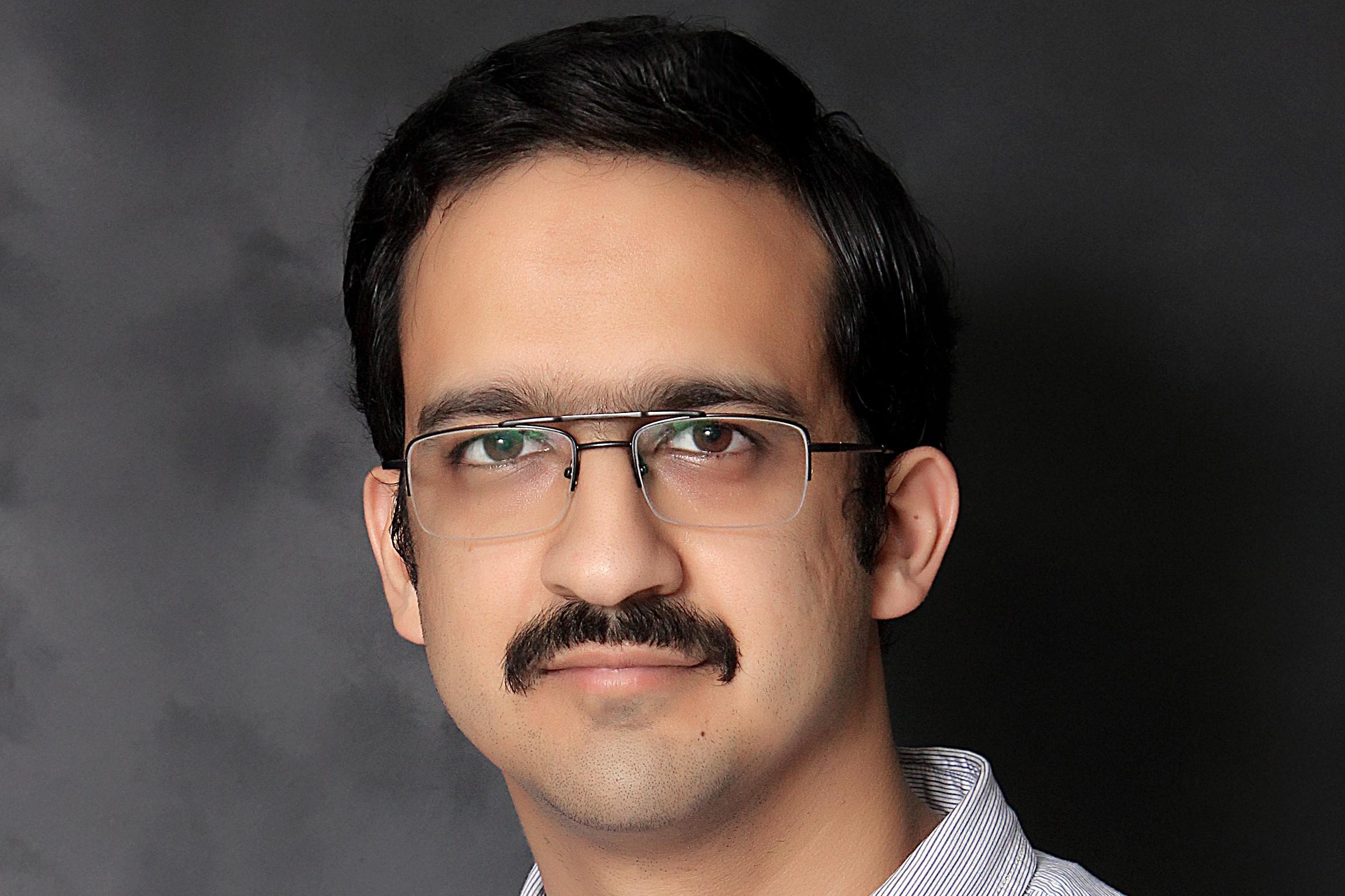
Next Generation Phased-MIMO Radar Systems: From Theory to Practice
This thesis studies multi-antenna systems for multitude of radar applications. It starts with the performance analysis of MIMO radar systems for fluctuating target compared to conventional monostatic radars with single antenna. A novel algorithm has been developed that makes use of spatial and temporal diversity of MIMO systems to improve the detection performance of fluctuating Swerling targets. Thereafter, this thesis focusses on the performance of multi-antenna radar systems under jamming and electronic counter measures. A novel approach for hybrid phased-MIMO radar was developed that exploited benefits of both phased array and MIMO radar and maximized the signal to noise plus jamming ratio (SNJR). Furthermore, a robust approach for mitigation of noise jamming in a linear array system was developed that makes use of sidelobe blanking along with the optimal beamforming weights of the main and auxiliary antenna arrays. The proposed approach restricts the sidelobes below a desired threshold, nullforms the jamming angles and maximizes gain in the target's direction.
Thereafter, this thesis studies synchronization of multi-antenna radar systems. A simple cost effective mechanism was developed for synchronizing widely separated distributed MIMO radar network using an open source implementation of GSM protocol stack. A method to improve the spectral efficiency of the radars have been studied next, that mixes the Barker code with the linear frequency sweep of a frequency modulated continuous wave radar. An optimal Barker sequence length that jointly optimizes the range resolution and spectral efficiency was determined. To complete this thesis, multi-antenna radar system has been implemented using National Instruments' software defined radios. Specifically, the issue of crosstalk in modern USRP based software defined radios for implementation of FMCW radar has been highlighted. Crosstalk effects in bistatic configuration are also presented. A naive approach for recovering the transmitted waveform by synchronizing multiple USRPs was developed. It is shown that dynamic range can be increased by tens of kilometers by increasing baseline distance to few inches. Finally, conclusions and future directions have been presented. In particular, design and implementation of adaptive cognitive radars has been discussed.
List of Publications from Thesis Work
Journal Papers
[J1] F. A. Butt, I. H. Naqvi, and U. Riaz, “Hybrid Phased-MIMO Radar: A Novel Approach with Optimal Performance under Electronic Countermeasures," IEEE Communications Letters, vol. 22, no. 6, pp. 1184, June 2018.
[J2] F. A. Butt, S. Ali, I. H. Naqvi, and S. Ejaz, “A Novel Approach for Bandwidth Compression in FMCW Radar System using Barker Codes and Frequency Shift," IEEE Transactions on Vehicular Technology (Submitted June 2019).
[J3] F. A. Butt, M. Ritchie, H. Griffiths, W. Li, and I. H. Naqvi, “Crosstalk in Modern USRP based Software Defined Radio for FMCW Radar Implementation," IEEE Transactions on Instrumentation and Measurement (Submitted July 2019).
Conference Papers
[C1] F. A. Butt, I. H. Naqvi, and U. Riaz, “MIMO Radars with Orthogonal Waveforms: A Novel Approach for Enhanced Performance under Swerling Targets," in Proceedings of 86th IEEE Vehicular Technology Conference (VTC-Fall), pp. 1-5, Toronto, Canada, September 2017.
[C2] F. A. Butt, M. A. Aslam, M. T. Zafar, I. H. Naqvi, and U. Riaz, “Synchronization of Long-Range, Widely-Separated MIMO Radar Network using GSM Protocol," in Proceedings of 19th IEEE International Radar Symposium (IRS), pp. 1-10, Bonn, Germany, June 2018.
[C3] F. A. Butt, I. H. Naqvi, and U. Riaz, “A Robust Approach for Mitigation of Noise Jamming in Linear Array Systems," in Proceedings of 9th IEEE International Symposium on Phased Array Systems and Technology (PAST 2019), Waltham, United States, October 2019.

